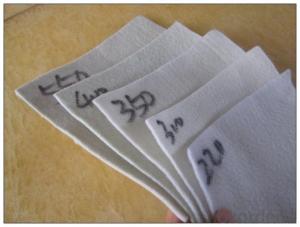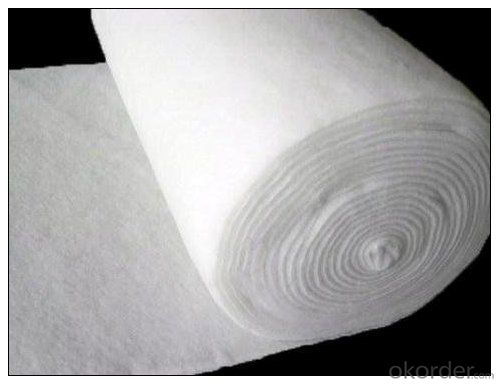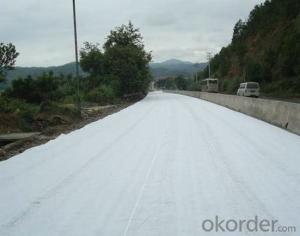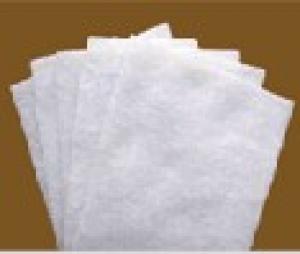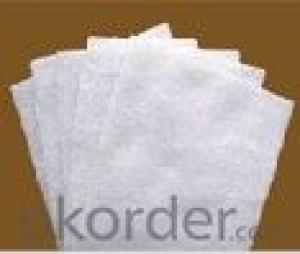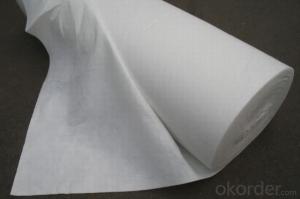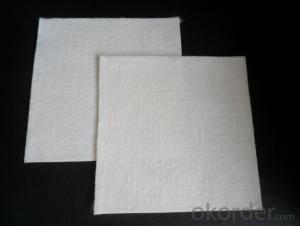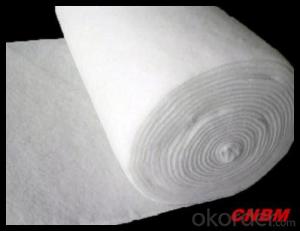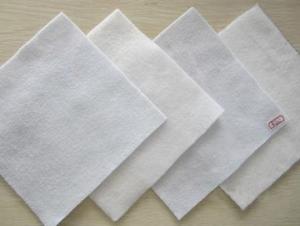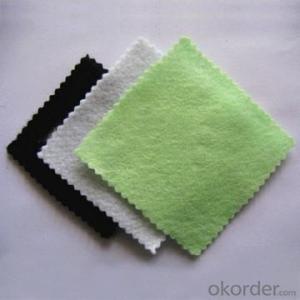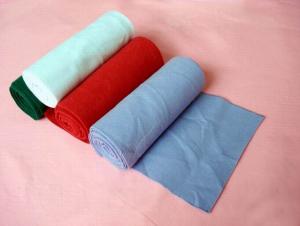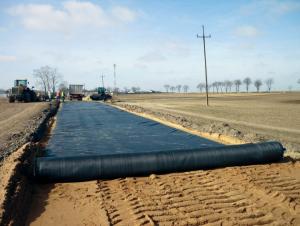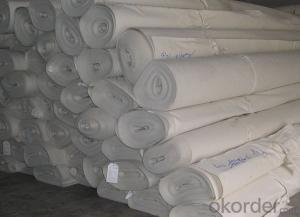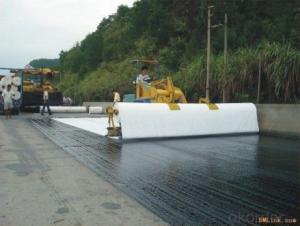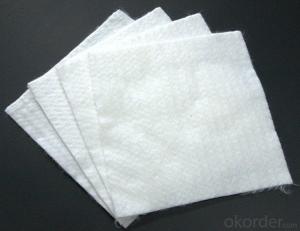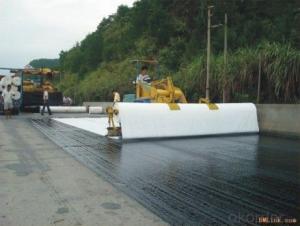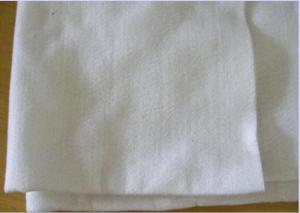UV Resistant Non Woven Polypropylene Jute Geotextile
- Loading Port:
- Qingdao
- Payment Terms:
- TT OR LC
- Min Order Qty:
- 5000 m²
- Supply Capability:
- 1000000 m²/month
OKorder Service Pledge
OKorder Financial Service
You Might Also Like
Product Description:
Specifications:
1, Biggest Width: 6meter
2, Weight: about 1000gsm
3, Treatment: UV protect
Application:
A: Subsurface drainage
B: Roadway separation
C: Hard armor underlayment
D:Asphalt overlay applications
Specification :
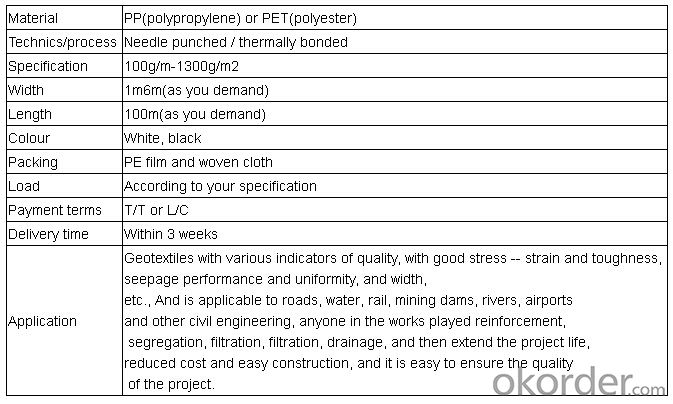
Functions and Features:
1)Excellent weed control
2)Excellent UV resistance
3)Moisture,fertilizers,air reach plants to allow for healthy soil
4)Good water and air permeability
5)Exceptional toughness and strength
6)Durable,tear-resistant,anti-rot and anti-mildew
7)Light weight,easy to install,follows natural ground contours
8)Ideal for use in landscaped beds,under decks and walkways
9)Fashionable design,high quality,competitive price
10)Long service life
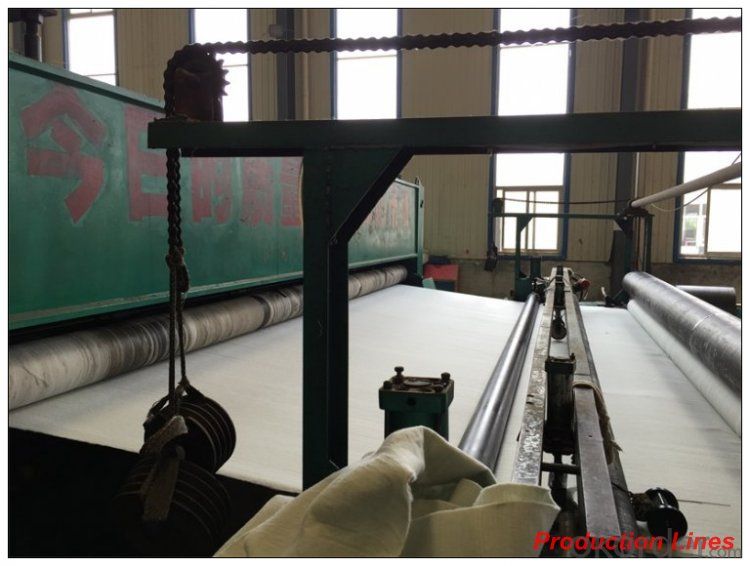
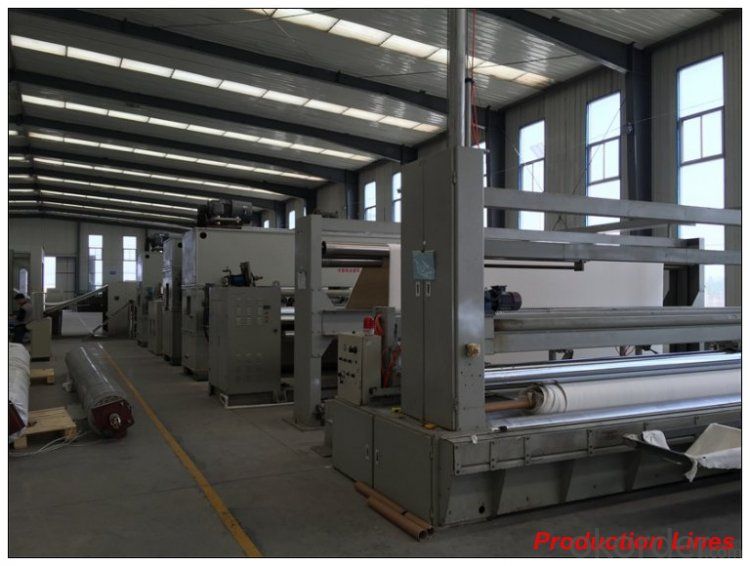
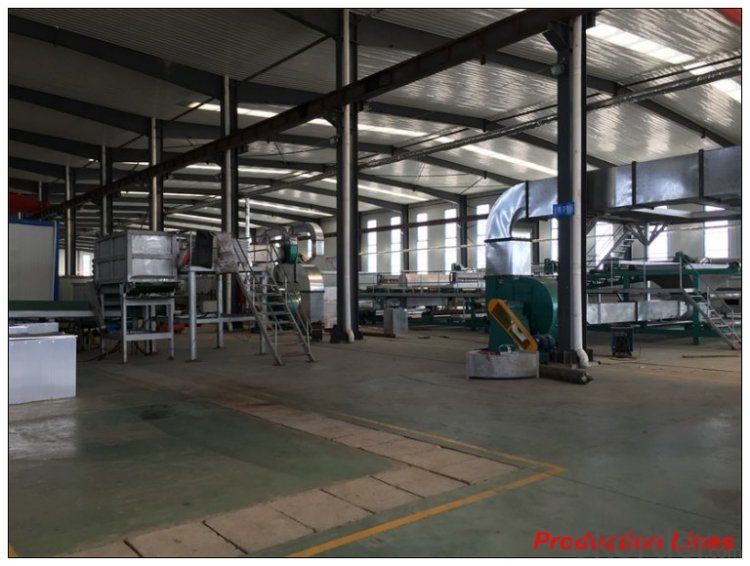
FAQ:
Q1: What is your minimum order quantity?
A:The minimum order quantity is 5000 ,but it is negotiable.
Q2:What is your payment terms?
A: T/T,Western Union,Paypal,L/C...
Q3:What is your delivery time?
A:Production time usually costs 2-20 days.
Waiting to cooperate with you!
- Q: What are the main functions of geotextiles?
- The main functions of geotextiles include filtration, separation, reinforcement, and drainage in various civil engineering and construction applications.
- Q: Non-woven fabrics, geotextiles and geotextile geotextile
- The same material that I specialize in producing
- Q: Geotextile and geogrid difference
- Different geotextile used to prevent seepage, geogrid used to reinforce the geotextile is mainly used to seepage, isolation, geogrid are generally used in reinforced reinforcement, the two are essential differences in the use of the process Sometimes used in the same project, such as high-speed, railway and other engineering production grid is made of polypropylene, polyvinyl chloride and other polymer polymer by thermoplastic or molded two-dimensional grid or a certain height of the three-dimensional Dimensional grid grid, when used as a civil engineering, known as geogrid. Engineering applications: roads, railways, abutments, approach roads, docks, dams, slag and other soft soil foundation reinforcement, retaining walls and road surface cracking engineering and other fields. Fiberglass mesh used in the external walls, wall paint, the main material to prevent the junction of different mortar and other plastering material cracking, hollowing. Local node reinforcement will also be used. Geotextile has excellent filtration, drainage, isolation, reinforcement, anti-seepage, protection, with light weight, high tensile strength, good permeability, high temperature, anti-freeze, anti-aging, corrosion resistance. Common non-woven fabrics, water layer inside the use, polyethylene polypropylene waterproof also used.
- Q: How do geotextiles contribute to the performance of geosynthetic tubes?
- Geotextiles play a crucial role in enhancing the performance of geosynthetic tubes by providing reinforcement, filtration, and separation functions. They help to distribute and dissipate stress and loads, preventing the tube from deformation or failure. Geotextiles also act as a filter, allowing water to pass through while preventing soil particles from clogging the tube, maintaining its hydraulic efficiency. Additionally, they separate different materials within the tube, preventing mixing and maintaining the integrity of the structure. Overall, geotextiles significantly contribute to the durability, stability, and effectiveness of geosynthetic tubes in various applications.
- Q: Geotextile (two cloth a film) to detect the frequency requirements? On behalf of the number?
- Geotextile and geomembrane detection frequency is 100 volumes detection time.
- Q: What are the different geotextile weight classes and their applications?
- Geotextile weight classes range from lightweight to heavyweight, typically categorized as classes 1 through 5. Class 1 geotextiles are lightweight and used for erosion control, filtration, and separation in landscaping and gardening projects. Class 2 and 3 geotextiles are medium-weight and commonly used for road construction, pavement reinforcement, and drainage applications. Class 4 geotextiles are heavy-duty and suitable for shoreline protection, slope stabilization, and landfill lining. Lastly, Class 5 geotextiles are the heaviest and used in geotechnical engineering for applications such as soil stabilization, embankment reinforcement, and railway construction.
- Q: Composite geotextile have what model specifications
- Composite geomembrane; mass per unit area g / m000 Membrane thickness mm0.25-0.350.3-0.5 breaking strength KN / m57.510.012.014.016.018.0 vertical and horizontal elongation at break% 30-100CBR breaking strength KN ≥ 1.11 . 51.92.22.52.83.0 Tearing strength KN≥0.150.250.320.40.480.560.62 Vertical and horizontal peel strength N / cm6 Vertical and horizontal permeability coefficient cm / sk * 10-11-10-13k = 1.0-9.9
- Q: How are geotextiles installed?
- Geotextiles are typically installed by laying them over the desired area and securing them with stakes or pins. They can also be anchored using sandbags or rocks, depending on the specific application. The installation process may involve preparing the ground, removing any debris or vegetation, and ensuring proper alignment and overlap of the geotextile rolls.
- Q: Mainly how to filter layer construction, cutting for the weak weathering rock
- The walls behind the sandbags ah, but in most cases are mechanical backfill, and then the top surface of a layer of sandbags and composite drainage network mean
Send your message to us
UV Resistant Non Woven Polypropylene Jute Geotextile
- Loading Port:
- Qingdao
- Payment Terms:
- TT OR LC
- Min Order Qty:
- 5000 m²
- Supply Capability:
- 1000000 m²/month
OKorder Service Pledge
OKorder Financial Service
Similar products
Hot products
Hot Searches
Related keywords
